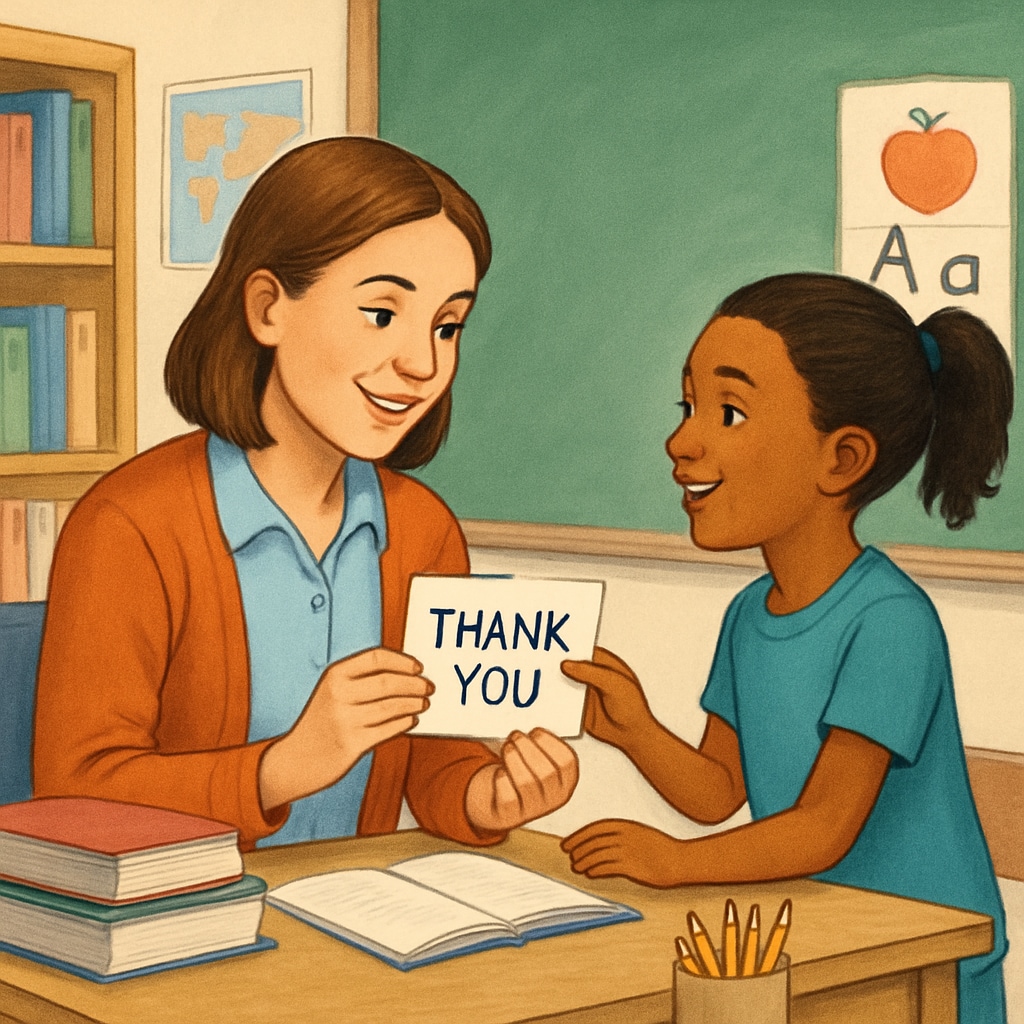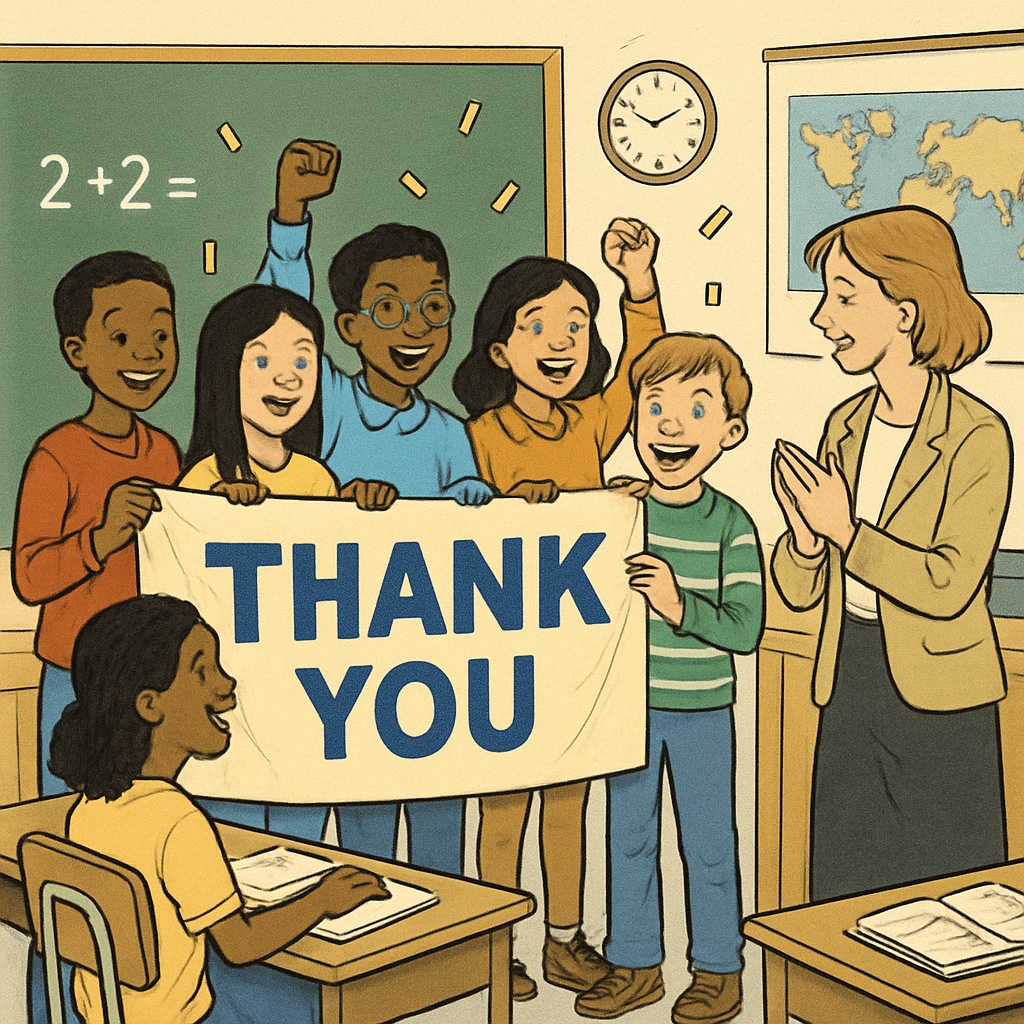Education is a journey marked by countless teacher-student interactions. Among these moments, a heartfelt “thank you” from a student holds extraordinary power. This simple expression of gratitude can reignite a teacher’s passion, affirm their impact, and redefine the core of the teacher-student relationship. In an era where the challenges of education often overshadow its rewards, such moments remind us of the transformative power of mutual respect and recognition.

The Power of Gratitude in Teaching
Teaching is not merely about imparting knowledge; it is about fostering connections, inspiring growth, and creating a safe space for learning. When students take the time to express their gratitude, it reinforces the significance of these efforts. A simple “thank you” can validate a teacher’s dedication and remind them that their work has a lasting impact beyond academics.
For example, a student might thank a teacher for their patience during a challenging topic or for inspiring a newfound love for a subject. Such moments provide teachers with a sense of accomplishment and purpose, reminding them of the profound influence they have on young minds. As highlighted by Britannica’s overview of education, teaching is as much about emotional connections as it is about intellectual growth.
Transforming Teacher-Student Relationships
Gratitude doesn’t just benefit teachers; it also transforms the dynamic between students and educators. When students express appreciation, it fosters a culture of mutual respect and empathy within the classroom. This can lead to deeper engagement, better communication, and a more positive learning environment.
Moreover, students who practice gratitude learn the importance of acknowledging others’ efforts—a skill that extends far beyond the classroom. In an article on gratitude, Wikipedia emphasizes how this practice can strengthen relationships and promote emotional well-being. Teachers, in turn, feel more motivated to invest in their students, creating a cycle of mutual support and growth.

Encouraging Gratitude in Educational Spaces
While spontaneous expressions of thanks are impactful, schools can take proactive steps to encourage a culture of gratitude. Here are some practical suggestions:
- Thank-You Notes: Encourage students to write notes to teachers, highlighting specific moments that made a difference in their learning journey.
- Gratitude Days: Organize events where students and teachers can share appreciation for one another.
- Open Communication: Foster an environment where students feel comfortable expressing their thoughts and emotions.
- Role Modeling: Teachers can lead by example, showing gratitude to students for their hard work and contributions in class.
These initiatives not only make gratitude a classroom norm but also help students recognize its broader importance in life.
Conclusion: A Ripple Effect of Appreciation
In essence, a student’s genuine “thank you” is more than just words; it is a reflection of the deep bond that education fosters. These moments of acknowledgment remind teachers why they chose this profession and inspire them to continue making a difference. At the same time, they teach students the value of gratitude, shaping them into empathetic and appreciative individuals.
As society continues to evolve, the importance of teacher-student interactions remains timeless. By cultivating gratitude within the classroom, we not only enhance the educational experience but also create a ripple effect of positivity and mutual respect that extends far beyond the school walls.
Let us remember that in education, it is often the simplest gestures—a smile, a kind word, or a heartfelt “thank you”—that leave the most profound impact.
Readability guidance: This article balances professional tone with accessible language. Short paragraphs, clear subheadings, and a mix of examples and actionable tips ensure comprehension and engagement. Transitions like “for example” and “moreover” create a smooth flow.


